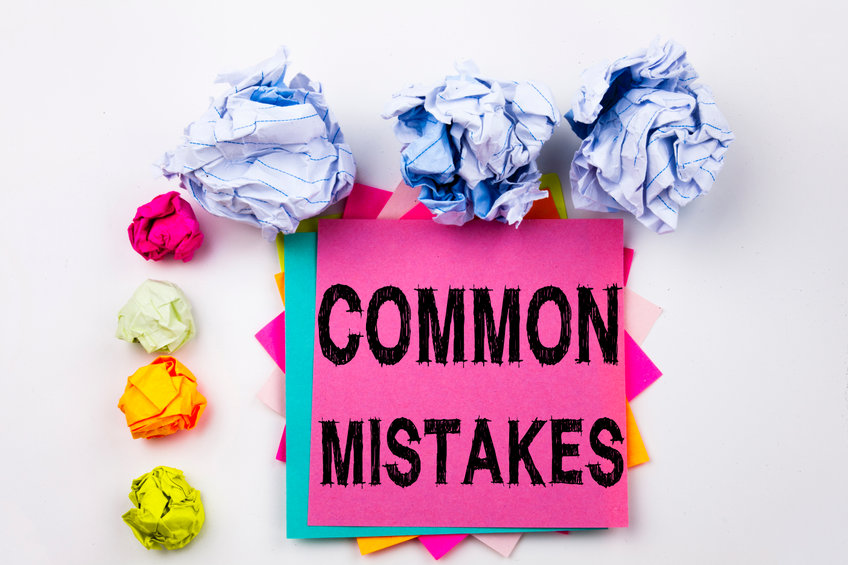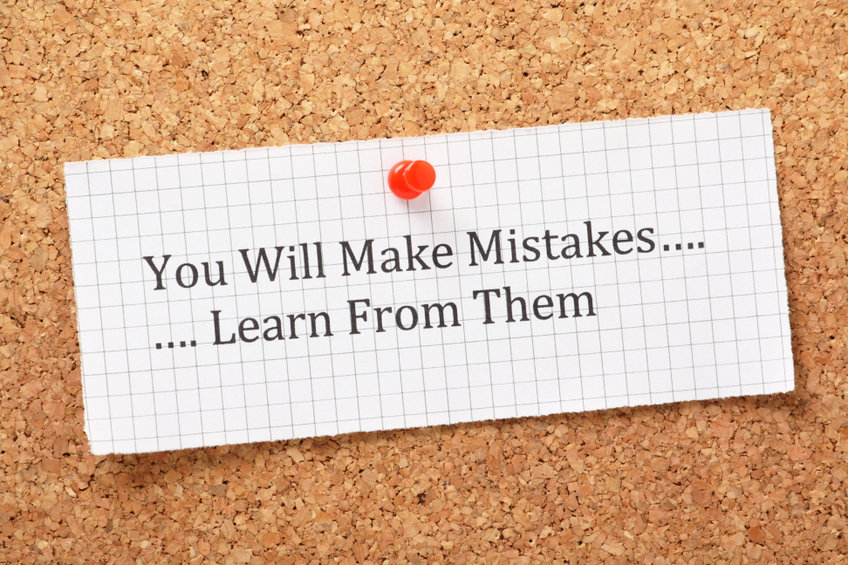
A well-developed content marketing strategy requires time, planning, expertise and resources to succeed. At the same time, it’s easy and inevitable to make a few mistakes along the way. Knowing, understanding and recognizing the more common B2B content marketing mistakes enables marketers to anticipate and avoid them. And, with this knowledge, marketers can quickly refine, rectify and recover as they work to enhance their content marketing programs.
B2B Content Marketing Mistakes

Mistake #1: Operating without a plan.
According to Content Marketing Institute’s 2021 report, only 43 percent of B2B marketers have a documented content marketing strategy. Without a plan in place, marketers will miss opportunities to repurpose content, determine whether they are communicating frequently enough with prospects and customers and assess current marketing channels and mediums. A brief and actionable marketing plan boosts alignment throughout the organization. More importantly, it helps manage the development and use of marketing content.
Mistake #2: Not understanding your audience.
Consider that 55 percent of individuals who receive content from brands say it’s not interesting or relevant to them. With more than half of branded content missing the mark, work to set your content apart from the competition. Research the interests, pain points and beliefs of your target markets to ensure your content adds value, knowledge or entertainment, and provides solutions to known problems. Continually evaluate engagement data and seek feedback to connect meaningfully with the right audiences at the right time, via the platforms and mediums that reach them.
Mistake #3: Producing self-promotional, rather than value-driven, content.
Although promotion is one type of content, a successful content strategy includes much more than advertising campaigns and product catalogs. Instead, craft powerful content that proves your expertise through shared knowledge, stories, examples and testimonials. Effective content serves as a relevant, valuable resource to readers. Save product and corporate information for later in the sales funnel when the prospect is making a purchase decision and that type of information is of value.
Mistake #4: Not focusing on the quality of content.
Whether you don’t have professional writers on staff or you’re letting the wave of content development needs overwhelm you, it’s common to focus more on the quantity of content than its quality. Consider that a mere seven percent of marketers think their content is exceptional. Make sure your content resonates with your audiences, is error-free and delivers information that is entertaining, engaging and informative.
Mistake #5: Not aligning your content with your brand.
A company’s brand must be clearly defined and well communicated to boost visibility and name recognition. Make sure your content is consistent with your brand in terms of the company’s mission, vision, products, services and style. Maintain a brand style guide that helps content creators maintain the right look and feel for your organization and its audiences.
Mistake #6: Not taking advantage of multiple mediums.
Data collected by MarketingCharts show that video is considered the most popular content format for thought leadership-based content, followed by case studies, webinars and blog posts. Ebooks, graphics and podcasts followed shortly behind. The popularity of these varied formats indicates that audiences are interested in content that incorporates dynamic written, visual and auditory mediums. Use a combination of mediums, platforms and channels to ensure you’re reaching all your target audiences in a variety of ways.
Mistake #7: Content represents an echo chamber.
It is essential for an organization’s thought leadership not only to have a focus but also to reach beyond the well of a single thought leader. In other words, don’t let your content become an echo chamber of the same ideas. Seek the insights, knowledge and experiences of new resources, both within and beyond an organization. Stay current with news and trends in your industry. This keeps content meaningful and diverse, and teams well informed and engaged.
Mistake #8: Not measuring results and adjusting accordingly.
It’s important to have a process for reviewing results and adjusting marketing efforts when necessary. When companies don’t have a defined measurement strategy that includes key performance indicators, they are missing opportunities to improve. KPIs can include, but aren’t limited to, open, click-through, response or bounce rates. Use established objectives to measure, analyze and adjust content when necessary.
Learn From Your Mistakes

Thomas Edison said, “I have not failed. I have found 10,000 ways that don’t work.” The key to success isn’t never making a mistake; that’s an impossible standard. Instead, seek to identify when, how and why mistakes happen to better understand how to pivot quickly and get back on track. Leverage the lessons for growth. If you know the warning signs, the trouble spots and can anticipate common mistakes, you’ll take your content marketing to the next level.
